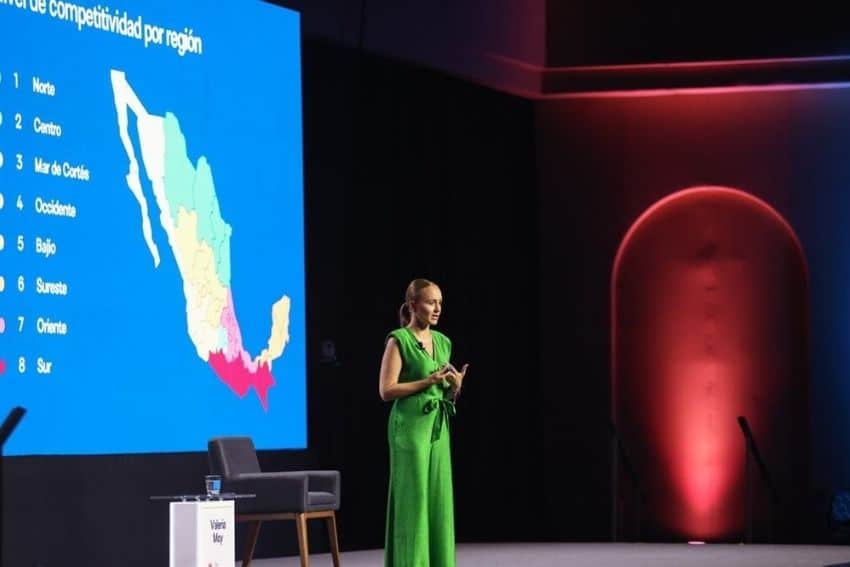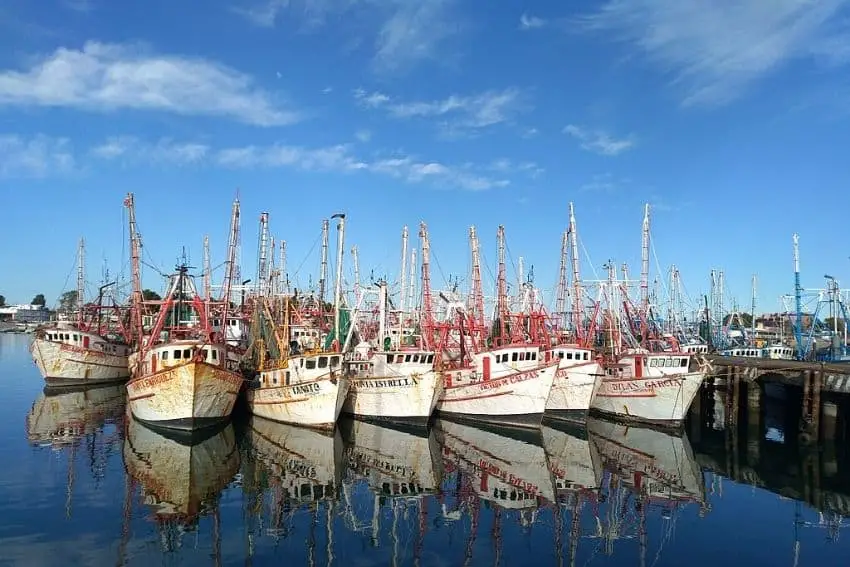The fourth annual Mar de Cortés forum, held in Los Cabos, Baja California Sur, wrapped up on Nov. 15 with renewed support for sustainable development.
The forum brought together over 400 thought leaders, experts, business executives and members of civil society from five states – Baja California, Baja California Sur, Sonora, Sinaloa and Nayarit – to discuss solutions to the environmental and social challenges facing the region’s urban areas.

Given that “80% of the population in these five states live in the 13 most populated cities,” this year’s theme was “Cities with a Future,” the forum’s general director Juan Pablo Yamuni Robles told the newspaper El Economista in an interview.
The forum had several key takeaways.
Sustainable urban development
The cities that border the Mar de Cortés — also known as the Gulf of California — face shared challenges, including increased urbanization, pollution, overfishing and gentrification. The forum emphasized the need for sustainable innovation and design in the development of the region’s urban hubs.
To attract capital, Yamuni said, “We must give certainty to investors looking to invest in the region.”
Part of the forum’s mission, he said, is to influence public policies that promote a favorable environment for investment. This goes hand-in-hand with strengthening the rule of law, he said.

Valeria Moy, director of the NGO Mexican Institute for Competitiveness (Imco), called on the forum’s organizers to establish clear monitoring and evaluation metrics to ensure that the forum’s collective efforts translate into action.
Expanding alternative industries
The region is well known for its fishing and tourism industries, which bring in US $200 and $500 million a year, respectively. To date, however, sector growth has not been managed sustainably, according to El Economista, resulting in decreased fish populations and environmental degradation. Fishing is therefore becoming increasingly less profitable, affecting the earnings and quality of life of those who make a living from the Gulf of California.
Yamuni emphasized the potential for sustainable tourism in the region, as well as regenerative agriculture and sustainable fishing and mining.
Dennis Frenchman, director of the MIT Center for Real Estate, highlighted the success story of Cabo Pulmo National Park, a protected national marine park in Cabo Pulmo, Baja California Sur, recognized as a UNESCO World Heritage Site.
“For the 20 years that the park has existed, the biomass in the 71-hectare (175-acre) reserve has increased 460%, and, more importantly, the economy has diversified, from a declining fishing [one] to [one based on] conservation and ecotourism,” Frenchman said at the event.
Frenchman also stressed the potential for the fast-growing art and digital media industries in the region, particularly in Baja Sur’s historical city of La Paz, just north of Los Cabos, which has a vibrant art scene.
Update on the Plan Sonora
“I am very pleased to participate in the Mar de Cortés Forum to talk about the Plan Sonora, a project full of economic and tourism benefits for our region,” Sonora Governor Alfonso Durazo shared on the social media site X.
Plan Sonora – the state’s sustainable energy and economic development plan – focuses on the development of the renewable energy and semiconductor industries in Sonora, located across the Mexico-U.S.border from New Mexico and Arizona. The initiative is expected to help strengthen bilateral relations between Mexico and the U.S. by encouraging nearshoring investment.
Part of the Plan Sonora is a $1.6 billion solar PV farm in Puerto Peñasco on the north side of the Gulf of California. During her presidential campaign, President Claudia Sheinbaum committed to completing the facility – being developed by the state-owned Federal Electricity Commision (CFE) – in May.
It’s expected to be the largest PV farm in Latin America.
With reports from El Economista, Business Wire, Mexico Energy Partners, Forbes and Reuters
